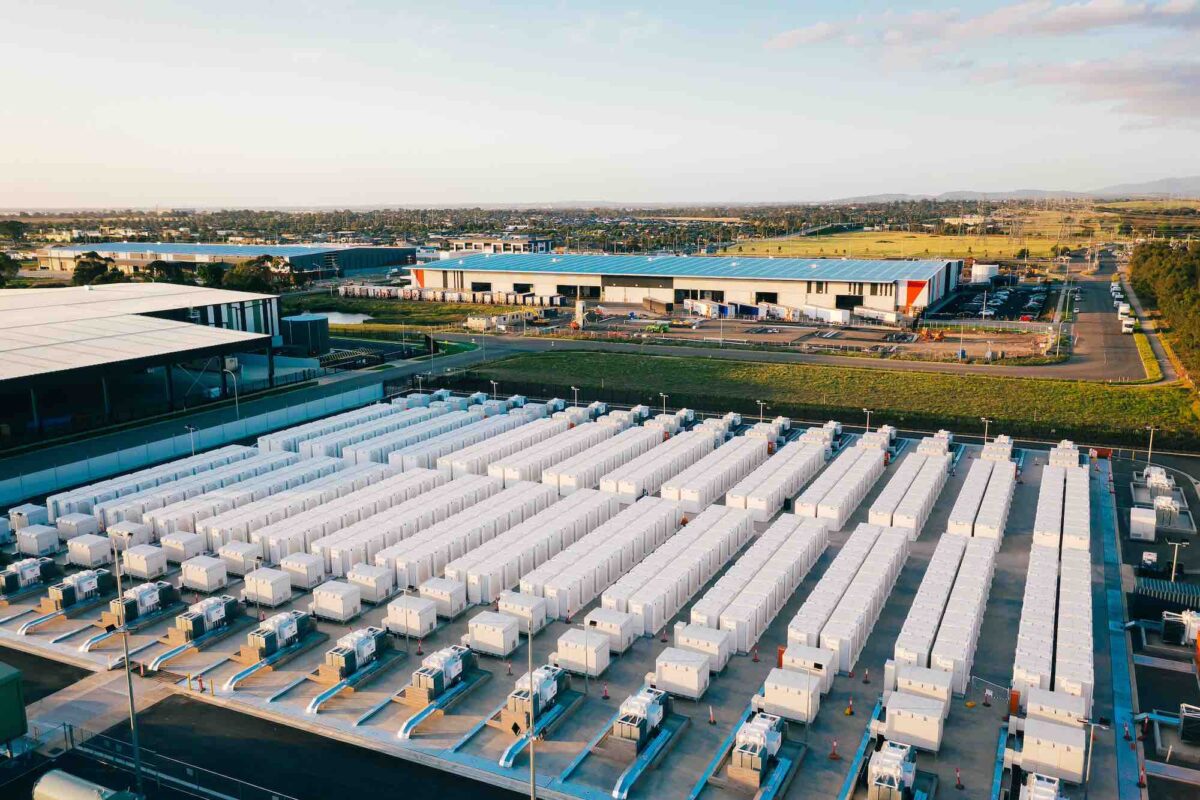Batteries soak up PV in sunny south to smash charging record, as wind blows strong in sunshine state
Giles Parkinson
Aug 20, 2025

Australia’s rapidly growing portfolio of big batteries – the one true success story of the country’s green energy transition just now – has resulted in a new record for charging and soaking up excess solar.
The new record of 1.746 megawatts (MW) was set at 12.45pm on Tuesday, according to GPE NEMLog, and smashed the previous record of 1,526 MW set a month earlier. The charging rate is more than double the record at the start of the year, reflecting the rapid growth of battery storage in the main grid.
What was interesting about the latest record was that it was prompted by sunny conditions and relatively low demand in the southern states of Victoria and South Australia, and the activities of several newly commissioned battery projects.
Victoria batteries were the most active – accounting for 708 MW of charging at the time – as solar accounted for more than half of its electricity demand. Newly commissioned batteries at Latrobe Valley, Koorangie and Rangebank (pictured above) were particularly active.
South Australia batteries, including the newly commissioned Blyth battery, were also busy as solar provided more than 90 per cent of that state’s electricity demand in the middle of the day.
Renewables have peaked at well over 100 per cent of state demand in each of the last eight days – usually in the middle of the day – with the excess either soaked up by batteries or exported to other states through its newly upgraded transmission links.
Big batteries in NSW and Queensland were less active, given the poor weather in those state, although Queensland, the Sunshine state, posted a new record for wind output at 9.30pm that evening.
The new record of 1616 MW, beating a month old record by more than 100 MW, was driven mostly by increased output at what will be the country’s biggest wind project at MacIntyre. It has been working through its commissioning process for nearly a year and appears to have recently been raised to a new hold point of just above 400 MW.
